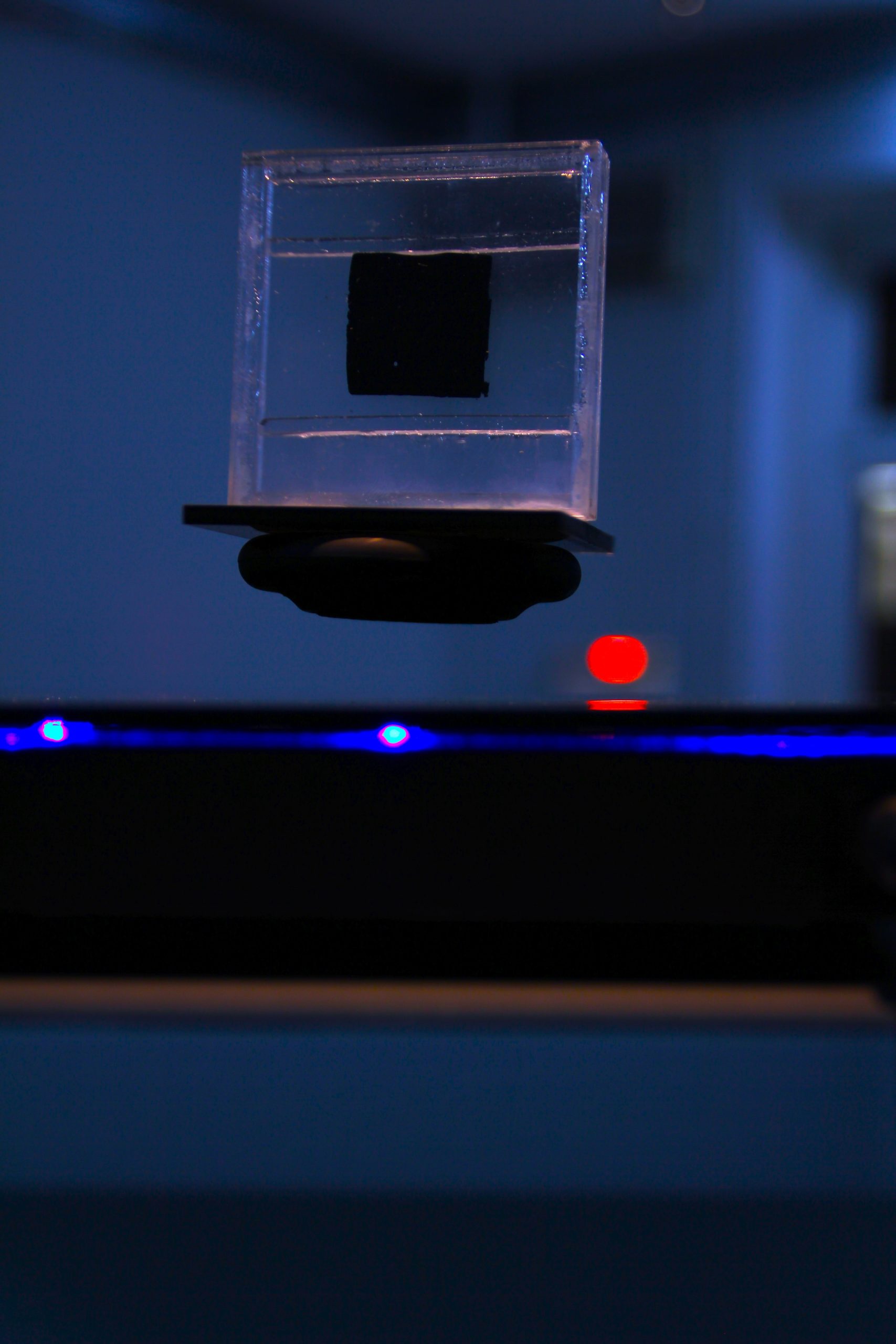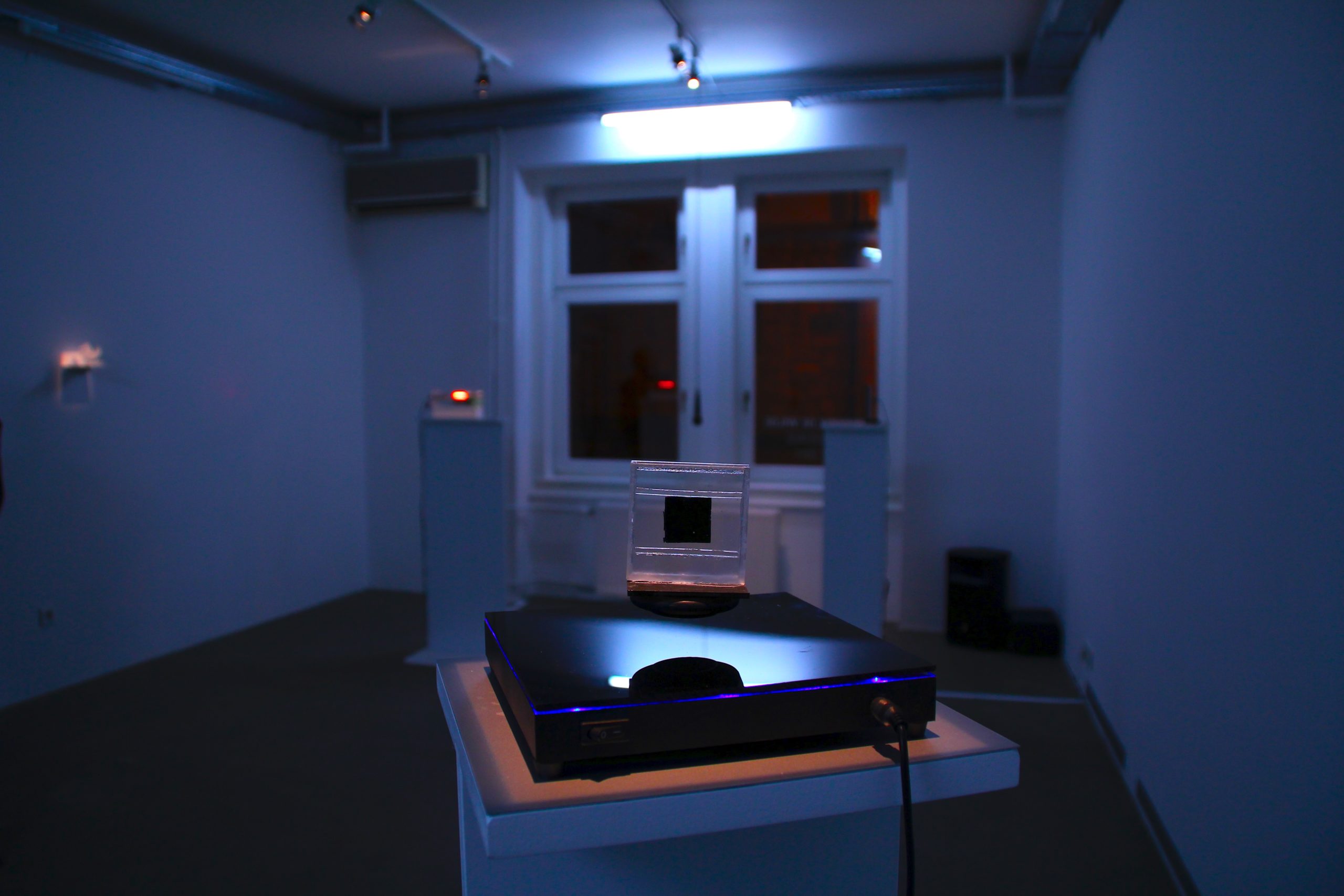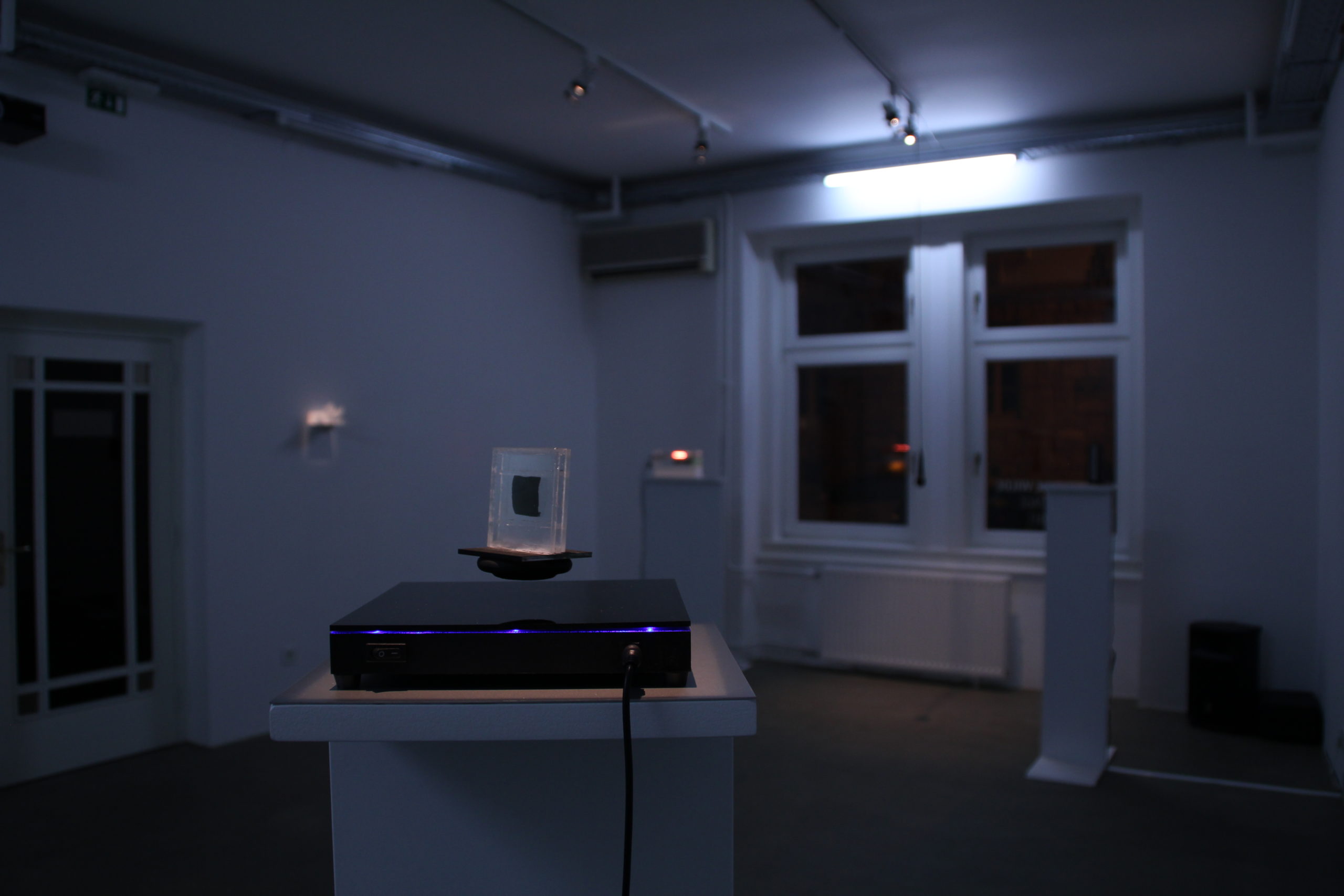QGBB
Quantum Gravity & the Blackest-Black Square explores quantum gravity and anti-gravity in relation to the blackest-black, c60 molecules, carbon nanotubes and the black square of Malevich.
Black holes are complex thermodynamical objects that not only have a temperature but also have a pressure. Furthermore, they have quantum hair which provides a solution to the black hole information paradox. Plumbing black holes for knowledge of quantum gravity originated with Stephen Hawking. In 1974, the British physicist calculated that quantum jitter at the surfaces of black holes cause them to evaporate, slowly shrinking as they radiate heat. Black hole evaporation has informed quantum gravity research ever since.
Although black holes were first imagined in the late eighteenth century, it was not until Karl Schwarzchild devised a solution to Einstein’s field equations in 1915 that they were accurately described. Despite Schwarzchild’s pioneering work, black holes were still widely thought to be purely theoretical, and so devoid of physical meaning. This view persisted until recent decades, an accumulation of observational evidence removing any lingering doubts about their existence. Beyond their obvious interest as astrophysical phenomena, black holes may, in time, come to be considered a laboratory for new physics. It is conceivable that black holes could be used to study quantum gravity; and a complete and consistent theory of quantum gravity remains the most elusive goal in theoretical physics. (https://inference-review.com/article/black-holes-and-quantum-gravity).
The project was shown in AKSIOMA Institute for Contemporary Art Ljubljana, 2011.
#ArtScience #Nanotechnology #Levitation #blackestblack #nanotubes #blackholes #gravity




